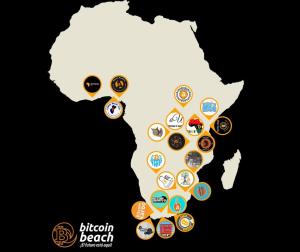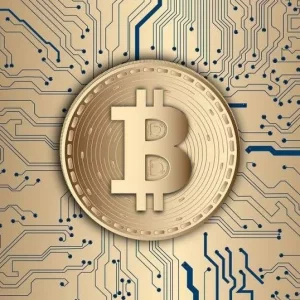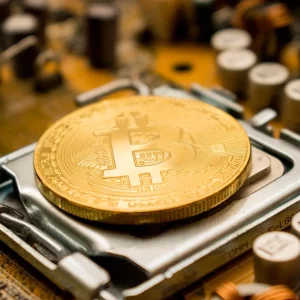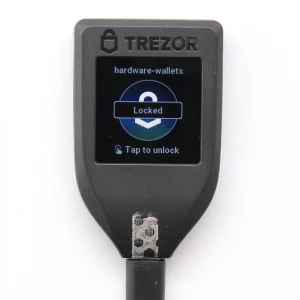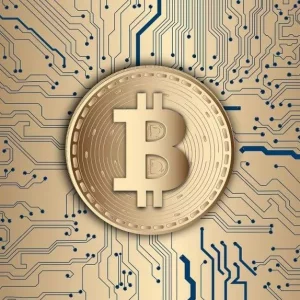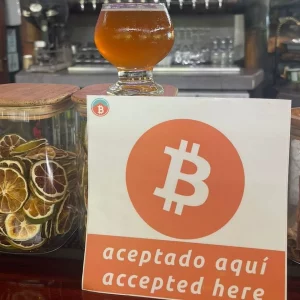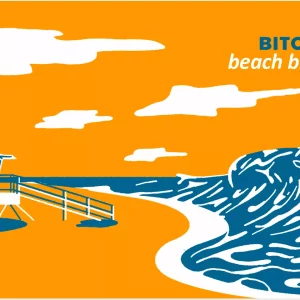Hyperbitcoinization (h17n) is the process by which Bitcoin becomes the default or main means of exchange for transactions. It is driven by an increase in the acceptance and use of Bitcoin as a medium of exchange, and by a decrease in the use of other types of money. As Bitcoin becomes more widely adopted, it replaces other types of money, such as fiat currencies (USD/ EUR). This process can be driven by several factors, such as the increasing acceptance of Bitcoin in the retail sector, a decrease in trust in fiat currencies, or the desire for a more secure form of money.
The process of Hyperbitcoinization has the potential to revolutionize the way we use money, and to drastically reduce transaction costs. This could lead to a more efficient global economy, as well as improved financial security and privacy for individuals. It could also help to reduce poverty in developing countries, by making it easier for people to access and use money.
When will hyperbitcoinization occur?
Predicting the exact timeline for hyperbitcoinization is challenging due to its dependence on various factors, such as adoption rates, regulatory developments, technological advancements, and global economic dynamics. However, it is worth noting that the process of Hyperbitcoinization is still in its early stages, but it is gaining traction as more people become aware of the potential benefits of using Bitcoin as currency. As acceptance grows and more merchants begin to accept Bitcoin as payment, the process of Hyperbitcoinization will accelerate. In order for Hyperbitcoinization to reach its full potential, it is important that the necessary infrastructure and regulations are in place to support it. This includes ensuring that users are protected from fraud and that transactions are secure and private.


